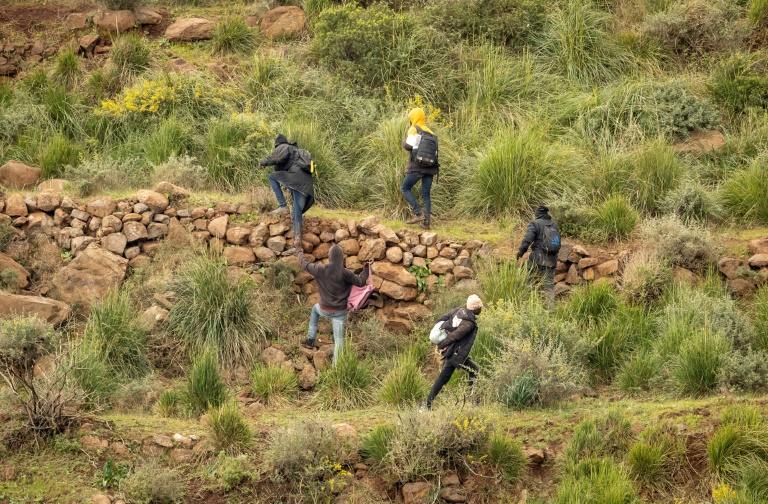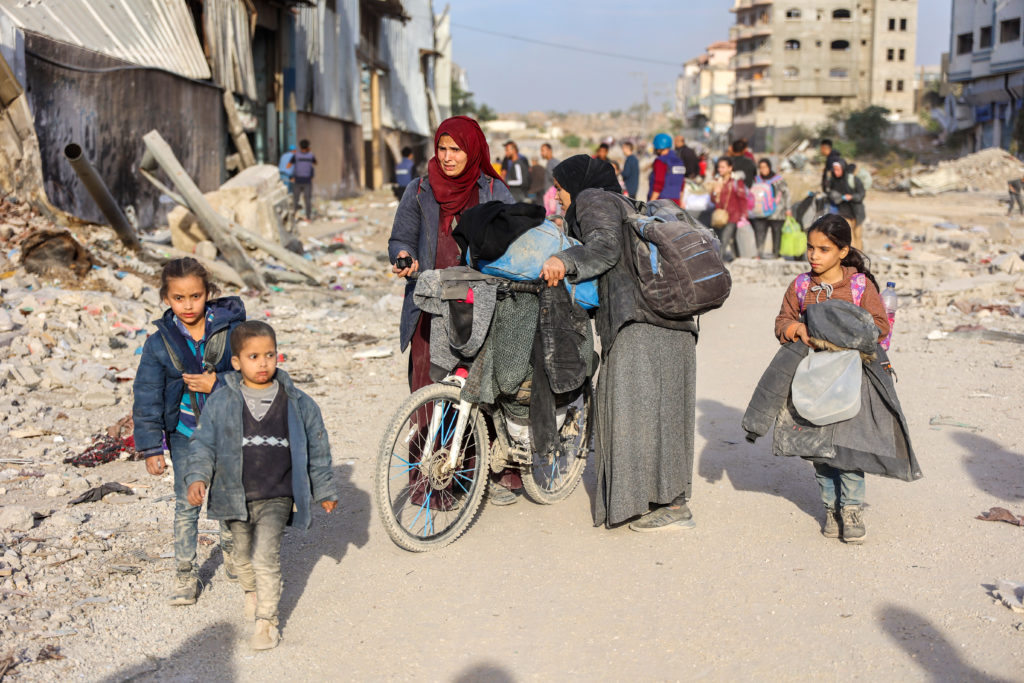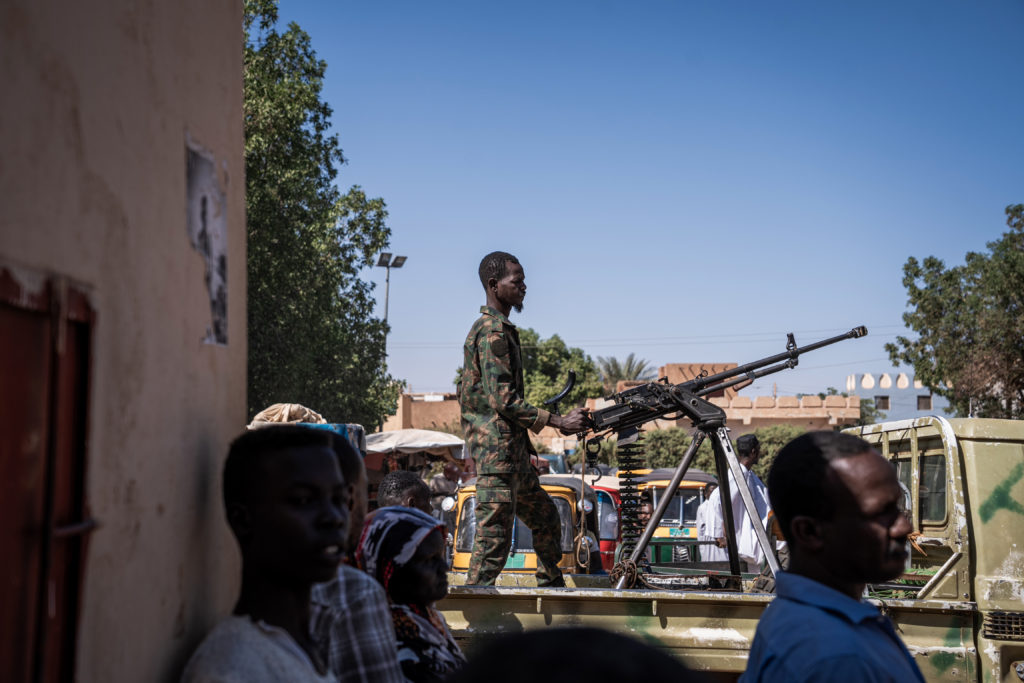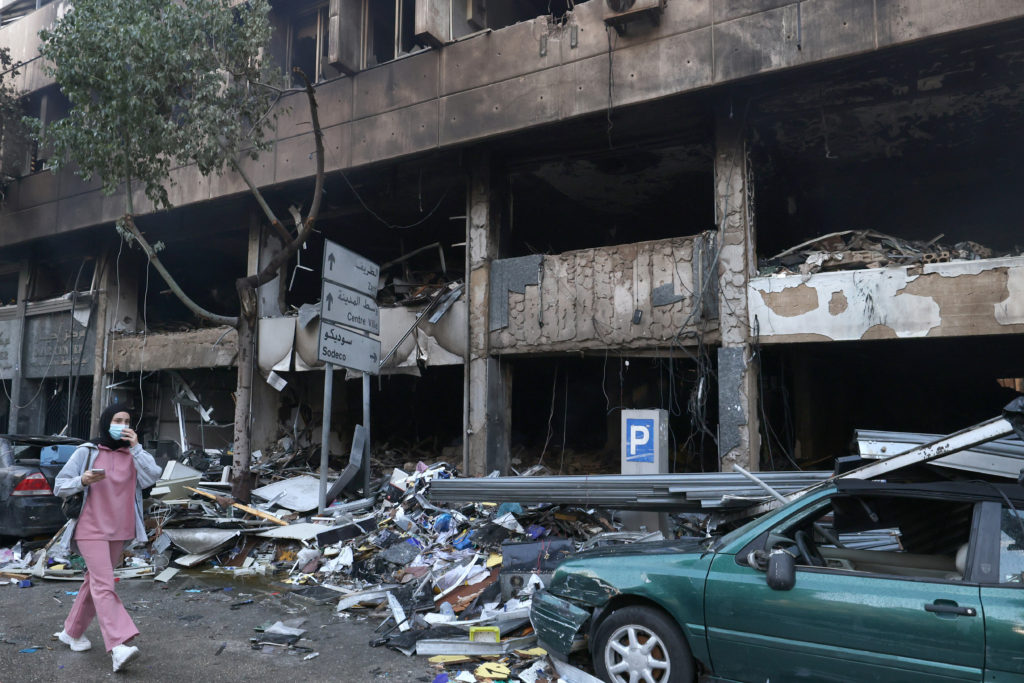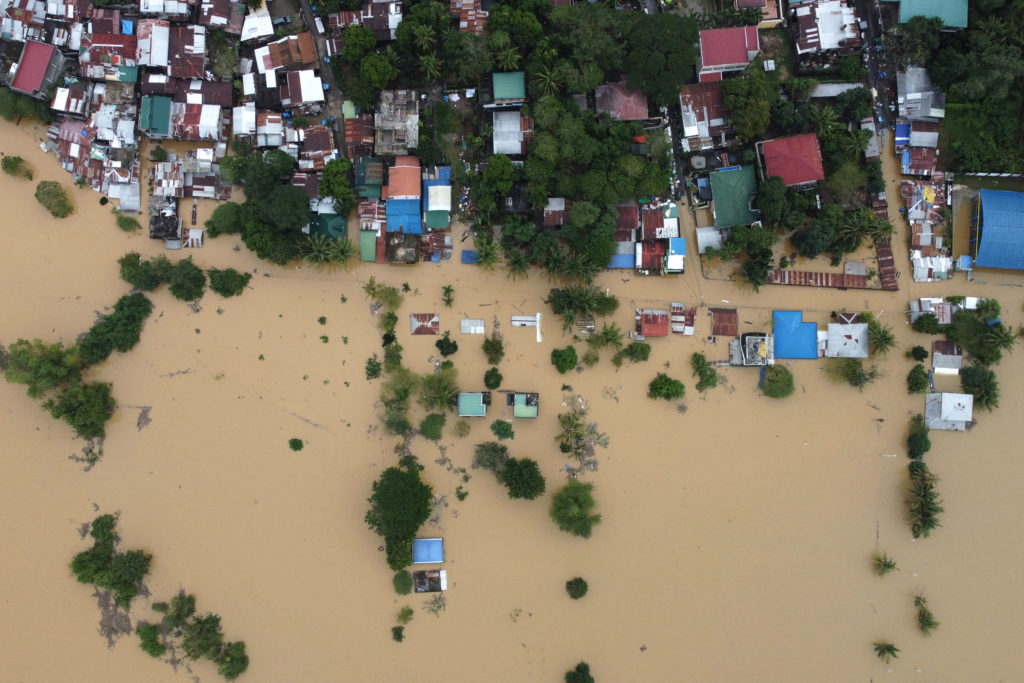At least 18 African migrants died when a huge crowd tried to cross into the Spanish enclave of Melilla in northern Morocco, according to an update from Moroccan authorities.
Around 2,000 migrants approached Melilla at dawn Friday and more than 500 managed to enter a border control area after cutting a fence with shears, the Spanish government’s local delegation said in a statement.
Moroccan officials said late Friday that 13 migrants had died of injuries sustained in the incursion, in addition to five who were confirmed dead earlier in the day.
“Some fell from the top of the barrier” separating the two sides, a Moroccan official said, adding that 140 security personnel and 76 migrants were injured during the attempt to cross.
The Spanish Civil Guard, which monitors the other side of the fence, said it had no information on the tragedy and referred enquiries to Morocco.
The border of the Spanish enclave and the neighbouring Moroccan city of Nador were calm early Saturday, without police deployment, AFP journalists said.
Morocco had deployed a “large” number of forces to try to repel the assault on the border, who “cooperated actively” with Spain’s security forces, it said earlier in a statement.
Images on Spanish media showed exhausted migrants lying on the pavement in Melilla, some with bloodied hands and torn clothes.
Speaking in Brussels, Spanish Prime Minister Pedro Sanchez condemned the “violent assault”, which he blamed on “mafias who traffic in human beings”.
– Migrant magnet –
Melilla and Ceuta, Spain’s other tiny North African enclave, have the European Union’s only land borders with Africa, making them a magnet for migrants.
On Thursday night migrants and security forces had “clashed” on the Moroccan side of the border, Omar Naji of Moroccan rights group AMDH told AFP.
Several of them were hospitalised in Nador, he added.
The AMDH’s Nador chapter called for the opening of “a serious investigation to determine the circumstances of this very heavy toll” which shows that “the migration policies followed are deadly with borders and barriers that kill”.
It was the first such mass incursion since Spain and Morocco mended diplomatic relations last month.
In March, Spain ended a year-long diplomatic crisis by backing Morocco’s autonomy plan for Western Sahara going back on its decades-long stance of neutrality.
Sanchez then visited Rabat, and the two governments hailed a “new stage” in relations.
The row began when Madrid allowed Brahim Ghali, leader of Western Sahara’s pro-independence Polisario Front, to be treated for Covid-19 in a Spanish hospital in April 2021.
A month later, some 10,000 migrants surged across the Moroccan border into Spain’s Ceuta enclave as border guards looked the other way, in what was widely seen as a punitive gesture by Rabat.
Rabat calls for the Western Sahara to have an autonomous status under Moroccan sovereignty but the Polisario Front wants a UN-supervised referendum on self-determination as agreed in a 1991 ceasefire agreement.
In the days just before Morocco and Spain patched up their ties, there were several attempted mass crossings of migrants into Melilla, including one involving 2,500 people, the largest such attempt on record. Nearly 500 made it across.
– ‘Means of pressure’ –
Patching up relations with Morocco — the departure point for many migrants — has meant a drop in arrivals, notably in Spain’s Atlantic Canary Islands.
The number of migrants who reached the Canary Islands in April was 70 percent lower than in February, government figures show.
Sanchez earlier this month warned that “Spain will not tolerate any use of the tragedy of illegal immigration as a means of pressure”.
Spain will seek to have “irregular migration” listed as one of the security threats on the NATO’s southern flank when the alliance gathers for a summit in Madrid on June 29-30.
Over the years, thousands of migrants have attempted to cross the 12-kilometre (7.5-mile) border between Melilla and Morocco, or Ceuta’s eight-kilometre border, by climbing the barriers, swimming along the coast or hiding in vehicles.
The two territories are protected by fences fortified with barbed wire, video cameras and watchtowers.
Migrants sometimes use hooks and sticks to try to climb the border fence, and throw stones at police.

